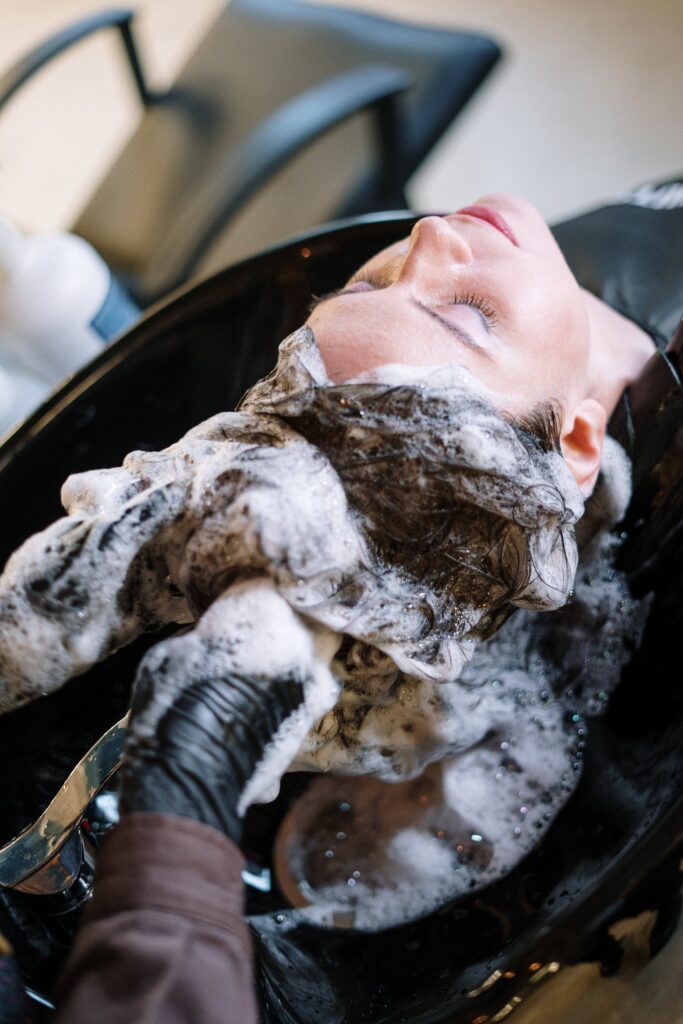Having a full, healthy head of hair can boost confidence and enhance your overall appearance. If you’re looking to promote hair growth on your scalp, there are several scientifically-backed methods that can help. In this guide, we’ll explore the use of minoxidil, finasteride, saw palmetto, and Nizoral shampoo, as well as some additional tips to help you on your journey to luscious locks.
1. Understanding Hair Growth
Before we dive into specific treatments, it’s important to understand the hair growth cycle. Hair growth occurs in cycles, with each hair follicle going through a growth phase (anagen), a resting phase (telogen), and a shedding phase (exogen). Various factors, such as genetics, hormones, and overall health, can influence this cycle.
2. Minoxidil: The Gold Standard
Minoxidil, commonly known as Rogaine, is a topical treatment approved by the FDA to promote hair growth. It works by increasing blood flow to the hair follicles and prolonging the anagen phase. To use minoxidil effectively, follow these steps:
– Apply it directly to the scalp, typically twice a day.
– Massage it into the scalp gently.
– Be consistent with application to see results.
Remember, results may take time, so patience is key.
3. Finasteride: A Pill for Hair Growth
Finasteride, marketed as Propecia, is an oral medication that’s been approved to treat hair loss in men. It works by blocking the conversion of testosterone to dihydrotestosterone (DHT), a hormone that can shrink hair follicles. If you’re considering finasteride:
– Consult a healthcare professional for a prescription.
– Take it as directed, typically once a day.
Note that finasteride is primarily recommended for men and may not be suitable for women.
4. Saw Palmetto: A Natural Alternative
Saw palmetto is an herbal supplement that’s believed to help reduce DHT levels, making it a popular natural alternative to finasteride. While research is ongoing, some studies suggest it may be beneficial for hair health. If you choose to try saw palmetto:
– Consult a healthcare professional to ensure it’s safe for you.
– Follow the recommended dosage on the packaging.
Remember, herbal supplements can interact with other medications, so it’s crucial to seek professional advice.
5. Nizoral Shampoo: Combatting Dandruff and Promoting Hair Health
 Nizoral shampoo contains an antifungal agent called ketoconazole, which may help combat dandruff and promote hair health. While it’s not a primary hair growth treatment, it can be a useful addition to your hair care routine. Here’s how to use it effectively:
Nizoral shampoo contains an antifungal agent called ketoconazole, which may help combat dandruff and promote hair health. While it’s not a primary hair growth treatment, it can be a useful addition to your hair care routine. Here’s how to use it effectively:
– Use it as directed, typically 2-3 times per week.
– Apply and massage into the scalp, leaving it on for a few minutes before rinsing.
6. Additional Tips for Healthy Hair Growth
In addition to these treatments, consider implementing these practices to support a healthy scalp and hair:
– Maintain a Balanced Diet: A well-rounded diet rich in vitamins and minerals is essential for healthy hair growth.
– Avoid Harsh Hair Products: Opt for gentle, sulfate-free shampoos and conditioners to prevent damage to your hair.
– Manage Stress: High stress levels can contribute to hair loss, so practice stress-reducing techniques like meditation or exercise.
Conclusion
Growing hair on your scalp requires patience, consistency, and a multifaceted approach. By incorporating minoxidil, finasteride, saw palmetto, and Nizoral shampoo into your routine, along with adopting a healthy lifestyle, you can optimize your chances of achieving a full, healthy head of hair. Remember, it’s always best to consult with a healthcare professional before starting any new treatment regimen. Here’s to your journey towards vibrant, beautiful locks!